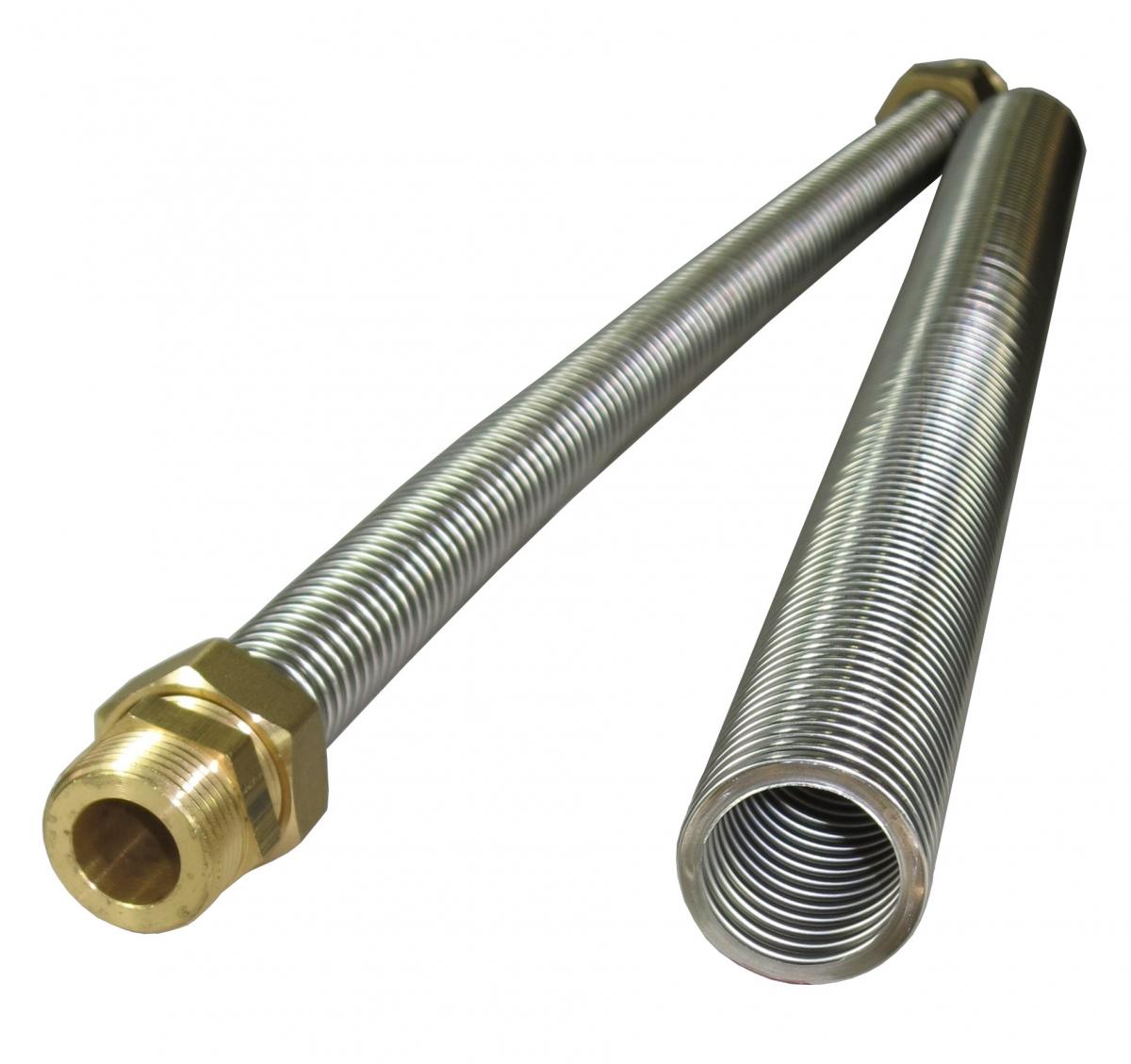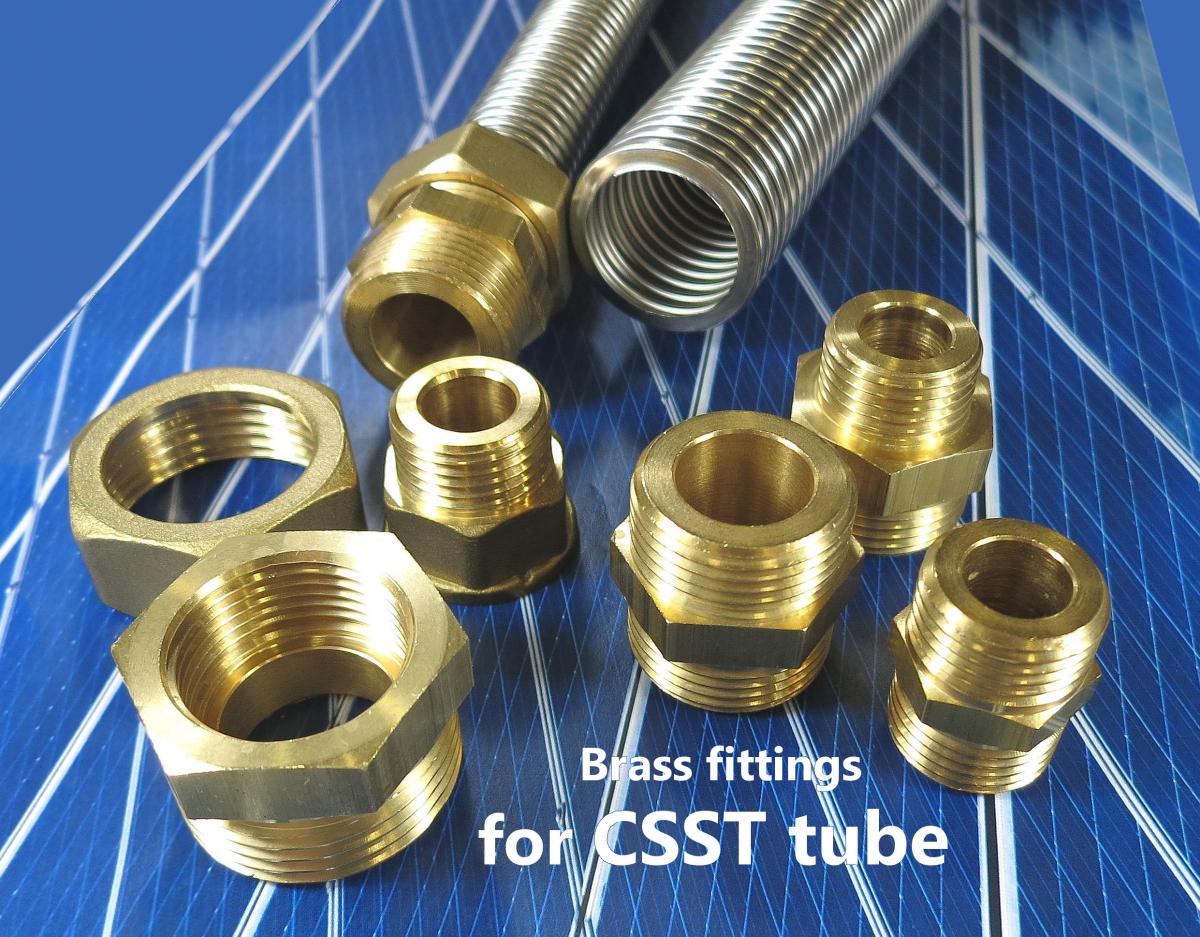
We are starting the year at rmmcia with a new range of brass fittings, especially designed for tube CSST (Corrugated Stainless Steel Tube). Let’s see the reason for our commitment, what the CSST tube is and the most common utilization.
CSST tube has multiple applications, commonly used for conventional circuits for sanitary water and heating, however in this post we are focussing on its use for solar thermal energy installations.
There are lots of methods for generating energy, but one of the most representatives of sustainability and environmental care is the energy that can be obtained from the sun, the called STE, Solar Thermal Energy. Differently from photovoltaic (solar electric), for generating electricity, the STE generates heat, for cooking or for providing sanitary hot water or central heating. It is a source of endless energy so at its peak, for the contribution to the planet earth and for family savings. At rmmcia we are conscious of the need of quality brass accessories helping these new renewable energy sources so we are launching a new range of brass fittings for CSST tube.
Where to use them? There are three different circuits at an STE installation. There’s a consumer circuit bringing hot water from a water storage tank up to radiators or taps, through conducts as we do have at home, usually copper tubes. But previously there are two more circuits, called primary and secondary. These contribute to convert cold water into hot water from solar wafers up to the water storage tank. The difference between primary and secondary circuits is the device there’s in between them. Primary circuit connects solar wafer with a heater exchanger, that transfers heat between two fluids generally, and secondary circuit connects heater exchanger with the water storage tank. The CSST tube is the one used in these two circuits. Thanks to its material and shape the installation benefit from a high efficiency of heat transfer, noise and vibrations reduction, as well as durability. Brass fittings for CSST tube are specially designed for this purpose. Brass fittings we present are really so similar to nipples, brass unions and nuts of our main brass fitting family, but due to its special design and thickness they grant a proper coupling with flat seal, a maximal water tightness of the tubes and they contribute to the installation’s efficiency.

